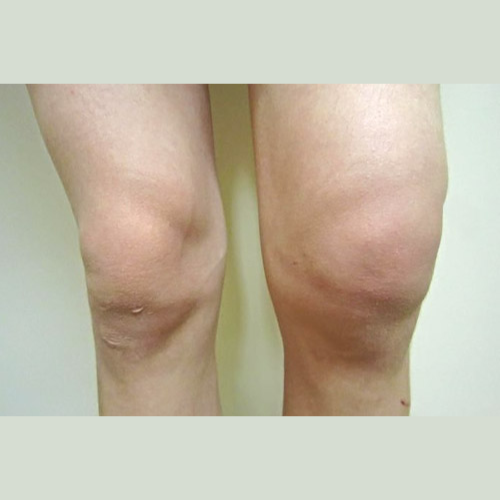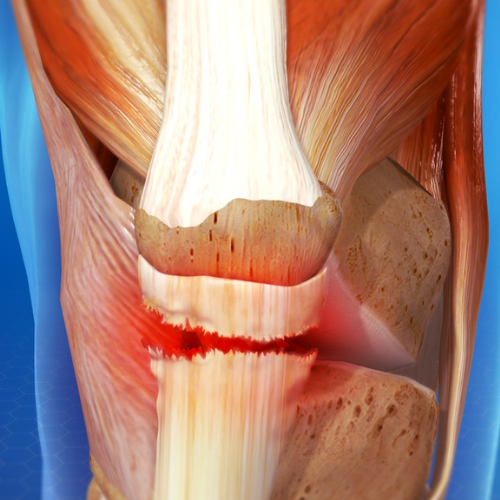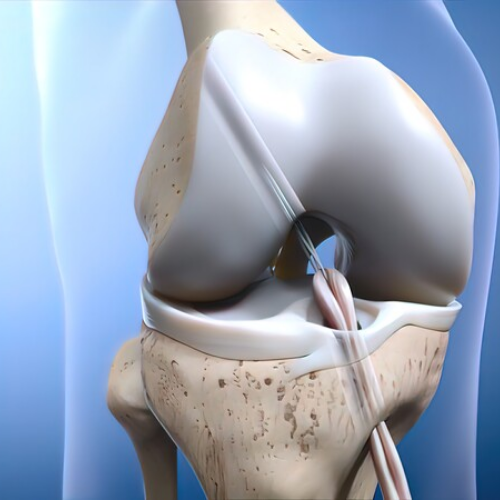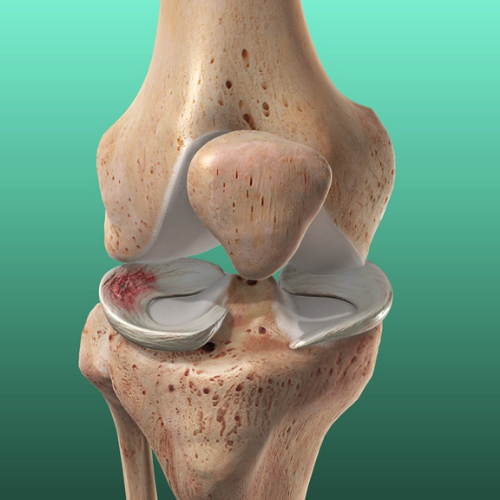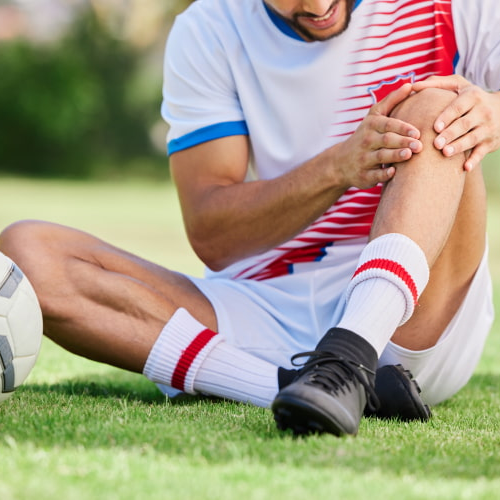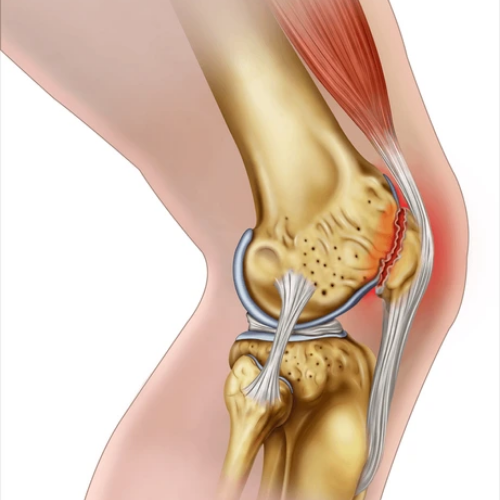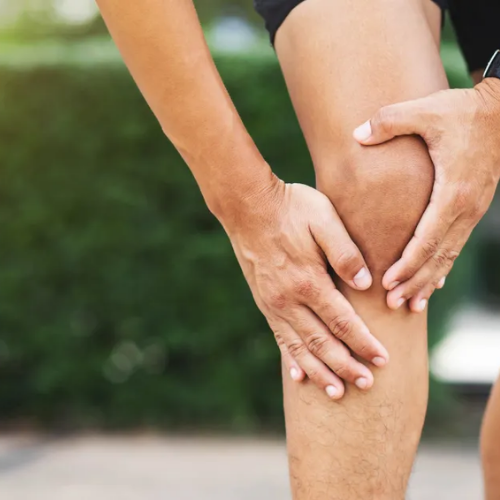Working Time
Book Appointment
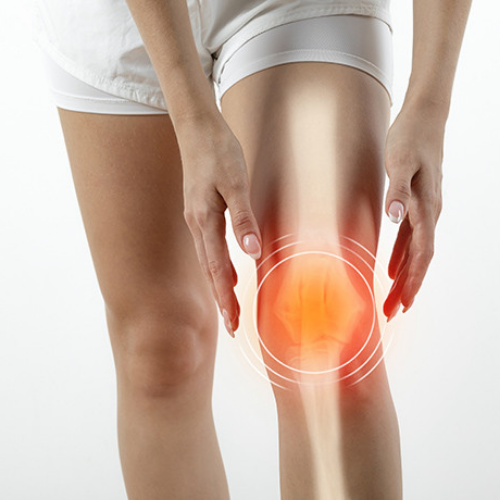
Knee osteoarthritis (OA) is a degenerative joint condition that primarily affects the cartilage in the knee joint. Cartilage is the protective tissue that covers the ends of bones, allowing smooth joint movement. As cartilage wears down over time, bones may rub against each other, causing pain, stiffness, and reduced mobility
Causes of Knee Osteoarthritis
The risk of knee OA increases with age
Repetitive stress on the knee joint from certain activities.
Previous knee injuries, fractures, or ligament tears.
Family history of osteoarthritis may contribute.
Excess body weight increases stress on knee joints.
Symptoms of Knee Osteoarthritis
Often worsens during or after activity.
Reduced range of motion, especially in the morning.
Inflammation around the knee joint.
Treatment Options
Conservative Treatments:
Physical therapy: Strengthening exercises and range of motion exercises to improve knee function and stability.
Weight management: Maintaining a healthy weight to reduce stress on the knee joint.
NSAIDs or corticosteroid injections: Medications to reduce pain and inflammation in the knee joint.
Activity modification: Avoiding activities that exacerbate knee pain and discomfort.
Assistive devices: Using knee braces, orthotics, or canes to support the knee joint and improve mobility.
Interventional Procedures:
Prolotherapy: Prolotherapy involves injecting a solution (often containing dextrose) into the affected ligaments and tendons surrounding the knee joint to stimulate the body's natural healing response and promote tissue repair.
Platelet-rich plasma (PRP) therapy: PRP is a regenerative therapy that involves injecting a concentrated solution of platelets and growth factors derived from the patient's own blood into the knee joint to stimulate tissue repair and regeneration.
Bone marrow aspirate concentrate (BMAC) therapy: BMAC involves aspirating bone marrow from the patient's hip bone and concentrating the stem cells and growth factors present in the bone marrow. The concentrated solution is then injected into the knee joint to promote tissue healing and regeneration.
Stem cell therapy: Stem cell therapy involves injecting stem cells (StemOne – Drug controller Governor of India (DCGI) approved into the knee joint to promote tissue repair and regeneration.
Viscosupplementation: In this procedure, a thick fluid called hyaluronic acid is injected into the knee joint to lubricate the joint and provide cushioning, reducing friction and pain.
All the procedures are done image guided (ultrasound or X-ray guided) for increased success and pain relief and minimal complications.
Knee Bursitis Overview
Knee bursitis is characterised by the inflammation of a small, fluid-filled sac (bursa) near the knee joint. These bursae act as cushions, reducing friction between bones, tendons, and muscles. Inflammation of the bursa can result in pain, swelling, and limited movement in the knee.
Smptoms of Knee Bursitis
Localised pain around the affected bursa is a common symptom.
Inflammation leads to noticeable swelling in the knee area.
The skin over the affected bursa may appear red.
Increased temperature around the bursa due to inflammation.
Difficulty bending or extending the knee may be experienced.
Treatments
· Rest and Elevation
· Ice Application
· Nonsteroidal Anti-Inflammatory Drugs (NSAIDs)
· Compression
· Aspiration
Consult with Dr. Tushar for personalised advice for your knee health with comprehensive care.
Dr. Tushar specialises in diagnosing and treating knee conditions.
Whether it's persistent pain, swelling, or limited mobility, he can provide tailored solutions to get you back on your feet.
Don't let knee bursitis disrupt your life—schedule a consultation with Dr. Tushar for expert guidance and effective treatment. Your knees deserve the best care
Let Dr. Tushar be your trusted knee health.

